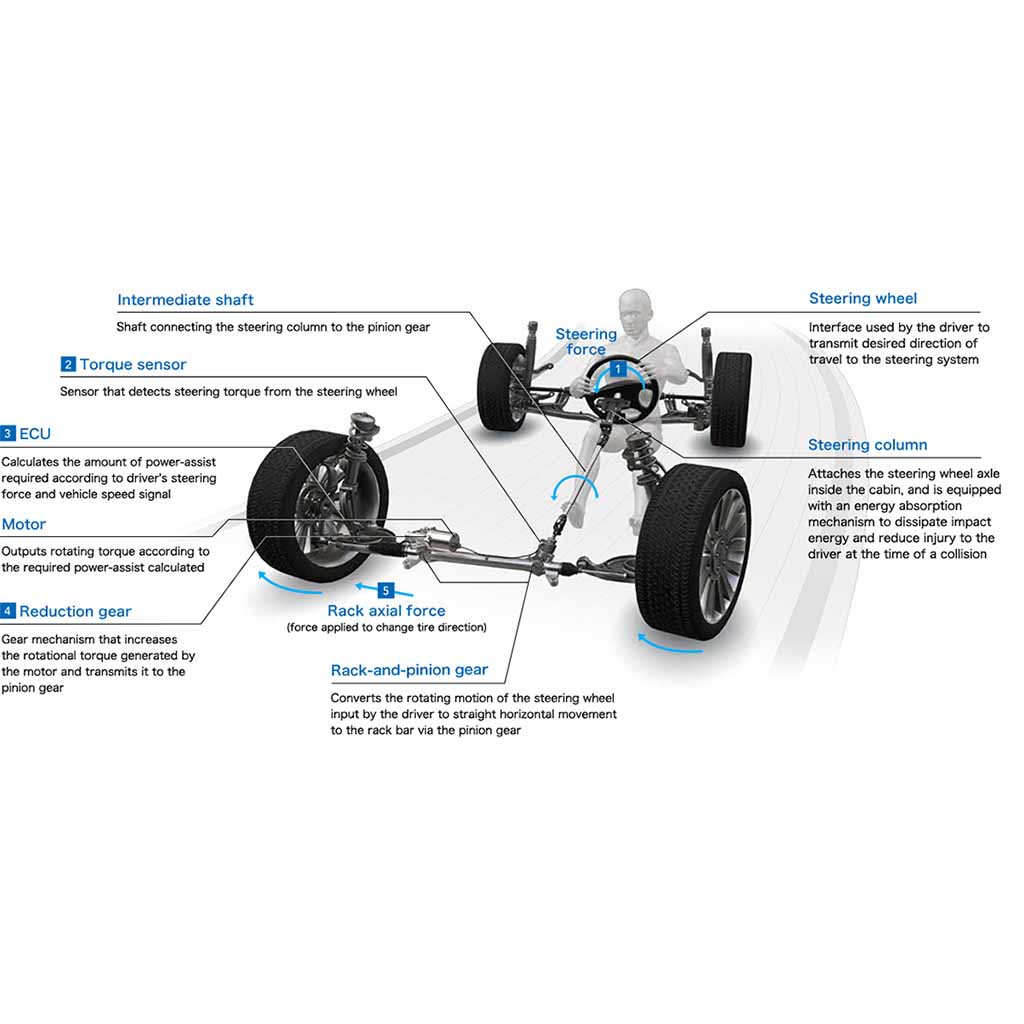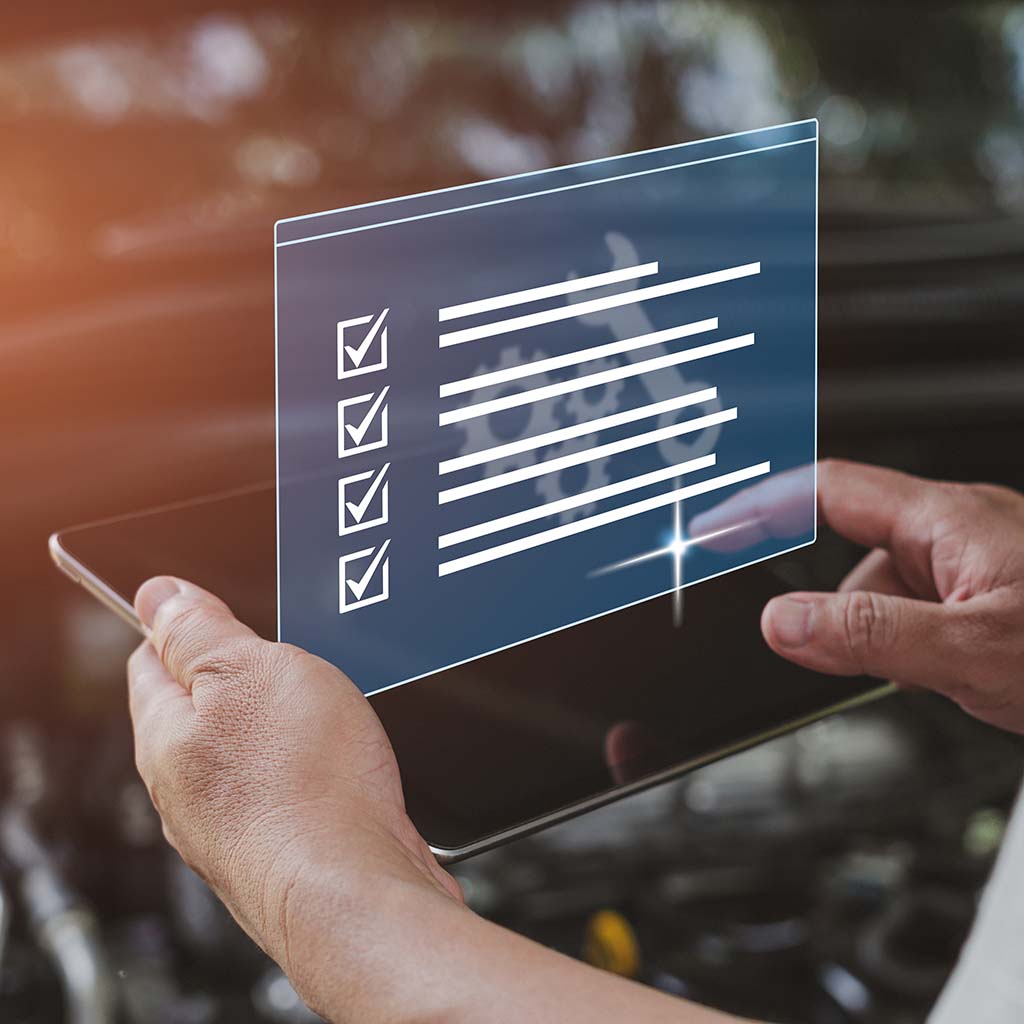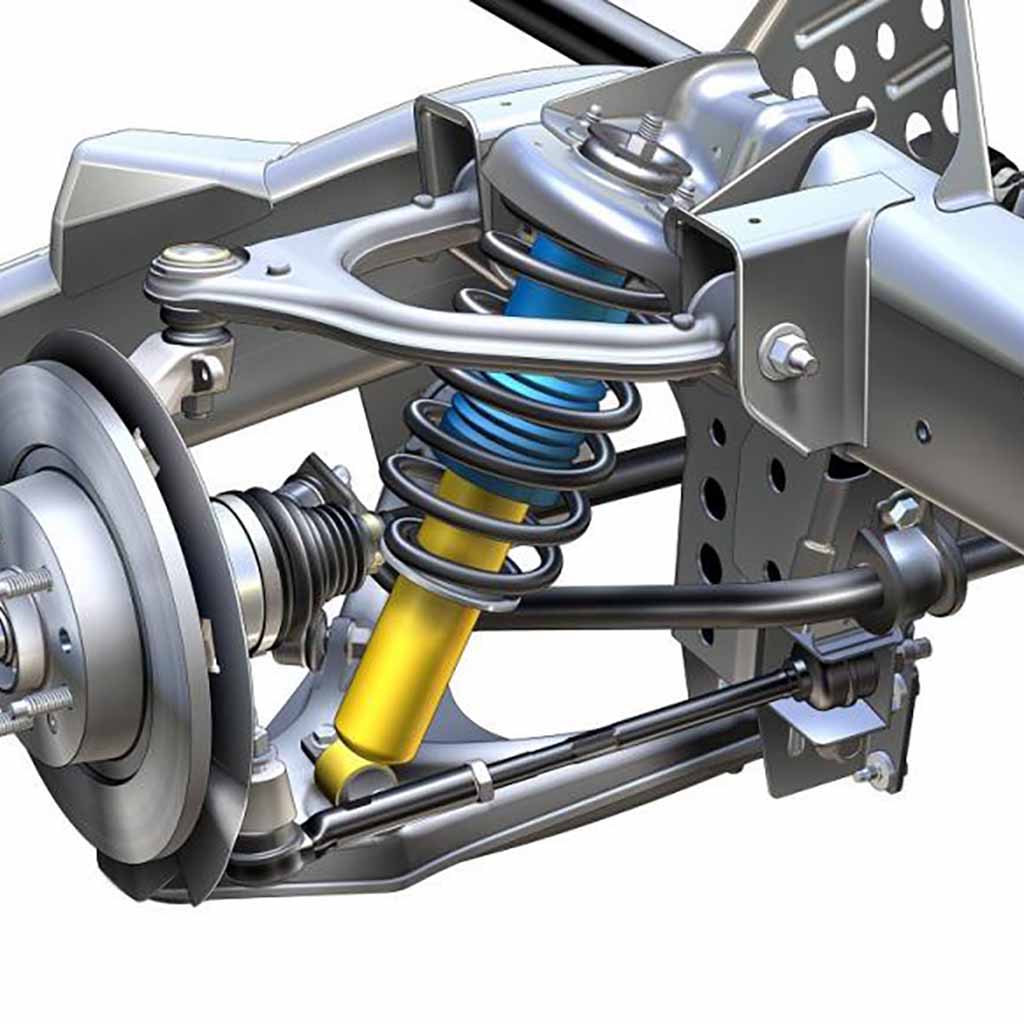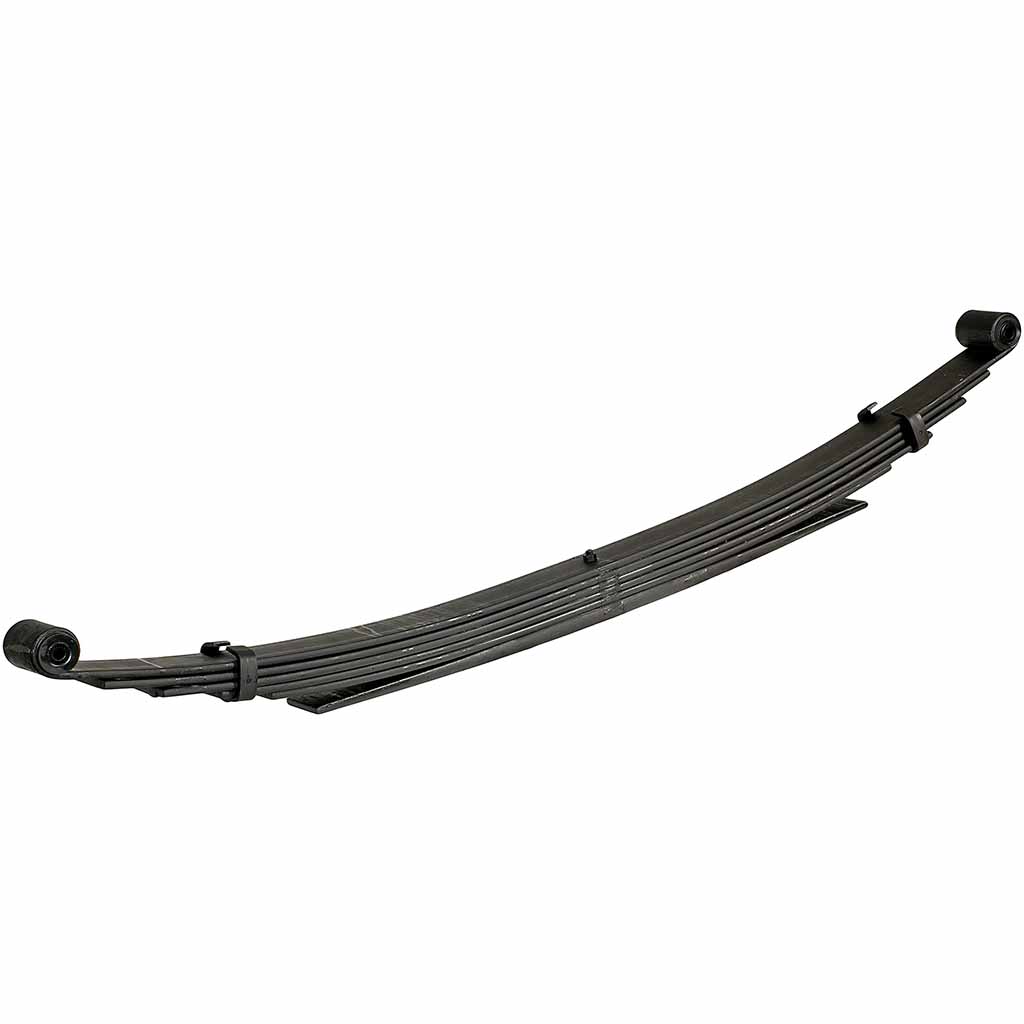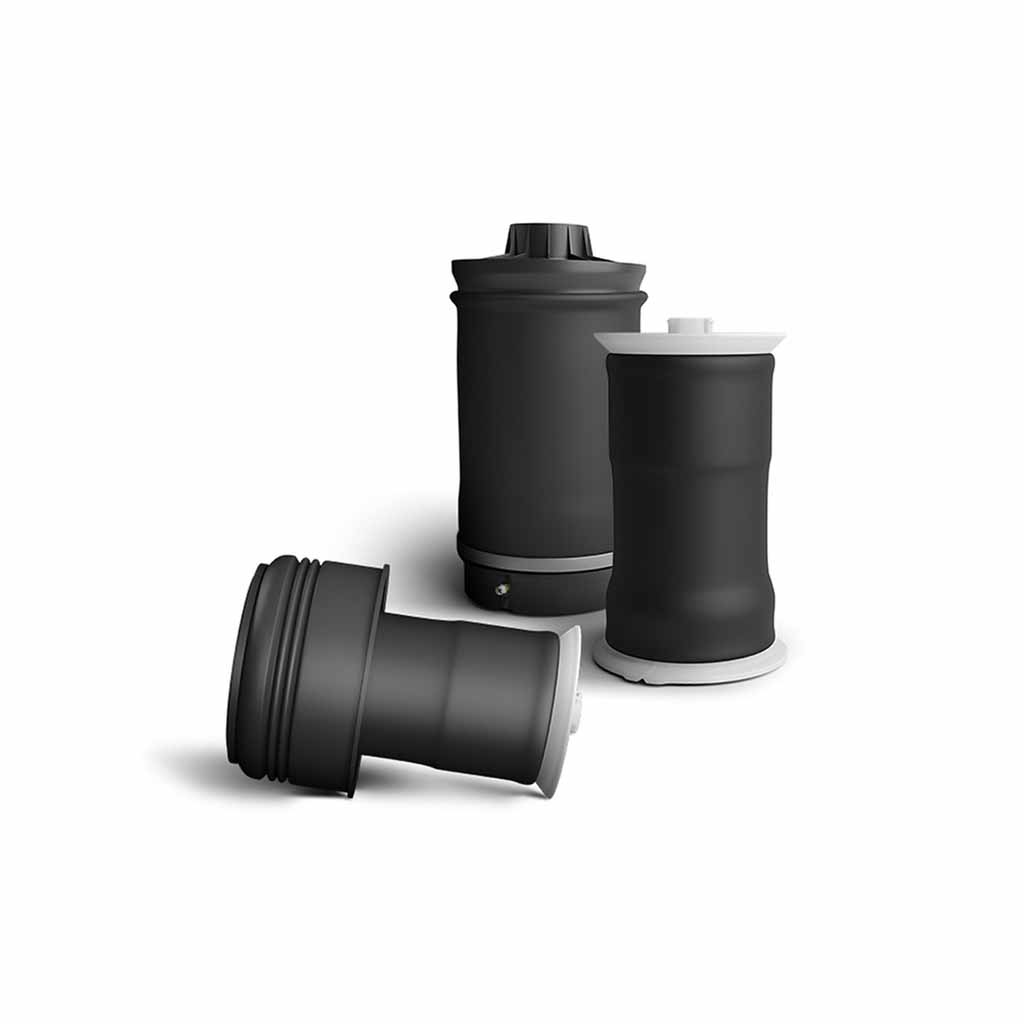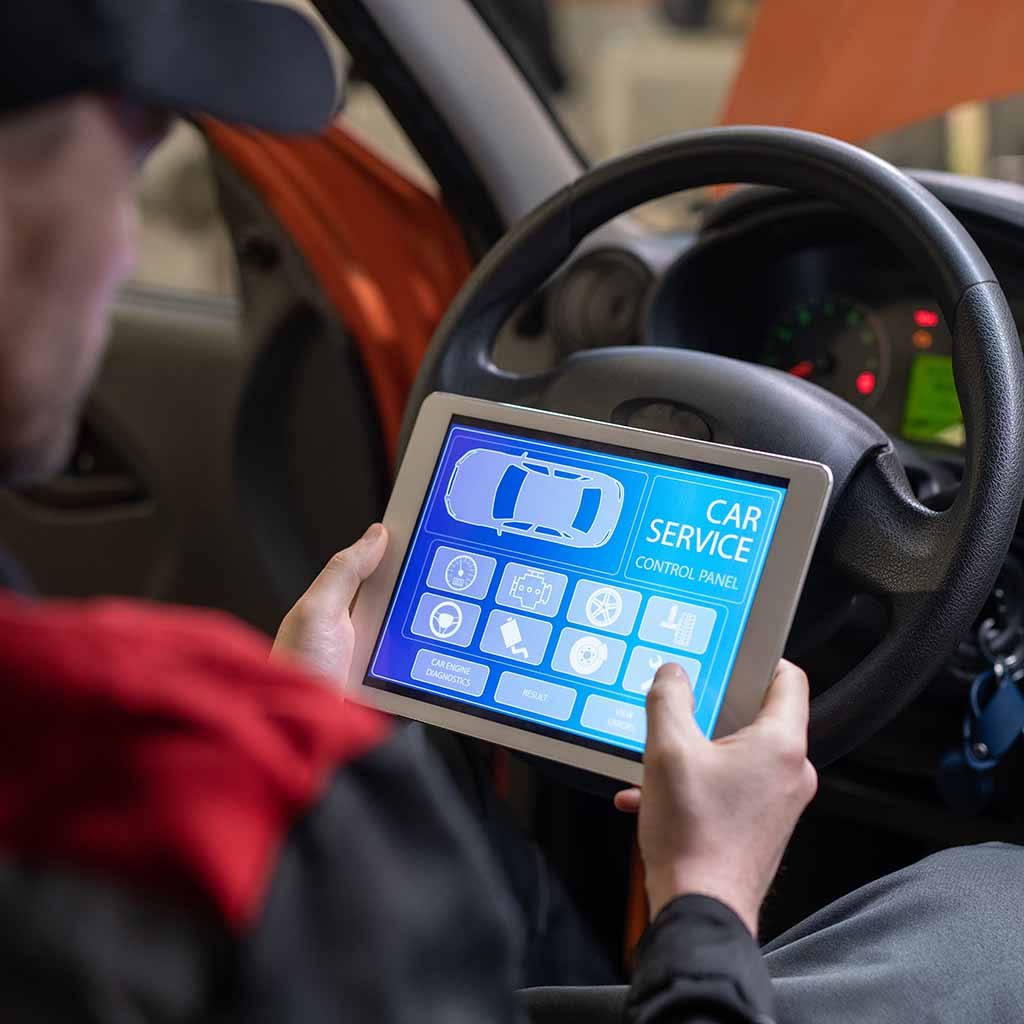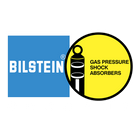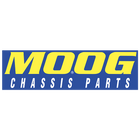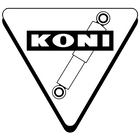Suspension & Steering Service

Get It Done Right
Expert Suspension & Steering Service in Santa Rosa
For over 30 years, Spring Works has been the trusted source for complete suspension and steering service in Santa Rosa, CA. We specialize in repairing, designing, and supplying suspension components for all types of vehicles, from cars and trucks to RVs and heavy-duty applications.
Whether you need to replace worn ball joints, tie rods, control arms, shocks, struts, or bushings, our expert technicians can diagnose the problem and provide you with the best repair options. We offer:
Expert Diagnostics: Accurately pinpoint suspension and steering issues.
Quality Parts: OEM, aftermarket, and custom suspension components.
Comprehensive Repairs: From minor fixes to complete system overhauls.
Custom Solutions: Design and fabrication for specialized needs.
Know the Basics
What do your suspension and steering systems do?
Your car's steering and suspension work together to provide a comfortable and controlled driving experience.
Suspension: This system absorbs bumps and keeps your tires on the road for better handling and safety.
Steering: This system lets you control your car's direction. It includes the steering wheel, column, rack and pinion (or steering box), and tie rods.
Well-maintained steering and suspension are vital for: Safety, control & comfort:
Suspension Specialist
Automotive Suspension system
The suspension system in your vehicle serves a crucial role that goes beyond its name. This system acts as the link between your vehicle and its wheels, enabling a smooth and comfortable ride, even on uneven and bumpy roads. Additionally, it plays a vital role in maintaining traction by keeping the vehicle's wheels firmly on the ground.
Achieving precise tuning is essential for the suspension system's optimal performance. To accomplish this, we utilize a combination of shock absorbers and springs. These components work together to enhance both comfort and safety for drivers and passengers, ensuring a stable and enjoyable driving experience.
By expertly balancing shock absorption and support, the suspension system allows your vehicle to maintain excellent road grip and stability, regardless of the terrain. This results in a safer and more comfortable ride for you and your passengers, making it an indispensable aspect of your vehicle's overall performance.
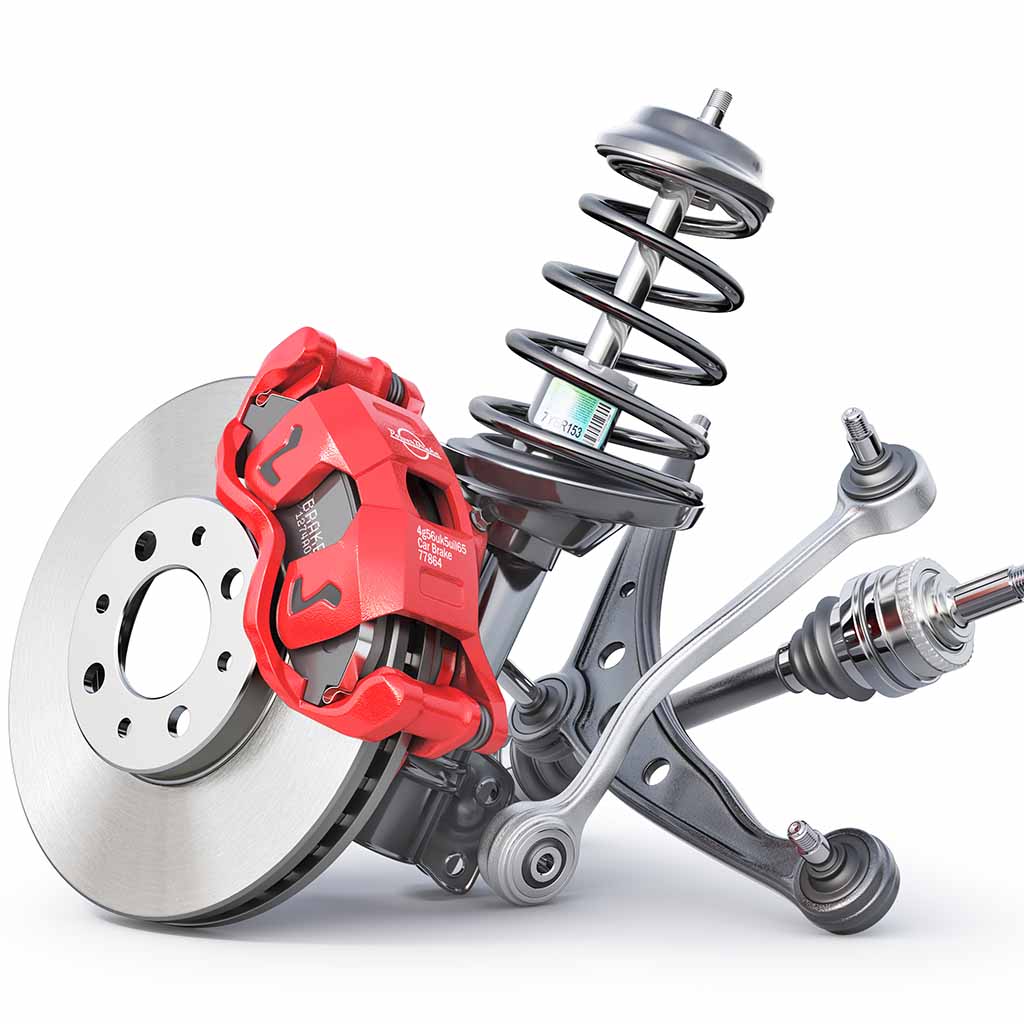
How it works
Automotive Steering system
This system is what allows you to guide, or steer, your vehicle. Most cars use either a rack and pinion or steering box steering system. On some large vehicles, the steering system is power-assisted. This reduces the effort that it takes to move it, which is especially important when the car isn’t going fast.
The steering system is connected to the suspension system by means of the steering column and pivoted joints. This is what allows the wheels to move up and down as you drive down the road without changing the angle of your steering. The steering system makes sure your wheels turn adequately and as the road requires.
If you notice changes in how your car, truck, or SUV steers, it’s time to bring it in for an inspection. The steering system needs to be adjusted with extreme precision, as any sort of looseness in the joints can quickly turn your steering into a dangerous situation.
Get It Done Right
Schedule your steering and suspension inspection today
With decades of experience working with specialized suspension and supplying and servicing suspension products, you’ll find that the expertise we have here at Spring Works is unparalleled. Get prices and make a suspension appointment today. Get it done right
When to inspect your vehicle’s steering and suspension
Your vehicle’s steering and suspension systems are critical for keeping you safe when you’re driving. They’re also important for keeping you comfortable by preventing you from feeling every bump and rumble on the road.
Here are some guidelines for when you should you bring your vehicle in to get your steering and suspension systems inspected:
● Every 50,000 miles
● When you replace your tires
● When you service your brakes
● When you have your oil and filters changed
● Anytime your car is in for routine service and the steering and suspension systems are easy to access.
● If you are involved in an accident that damages your front wheels or suspension
● If you are involved in an accident and notice any changes in your vehicle’s steering and suspension afterward
In addition to the above, you should also bring your vehicle in for a steering and suspension inspection if you notice any of these more serious symptoms that one or both of these systems are in need of maintenance.
● Nosedives, squats, and rolls: When you feel your car nosediving forward, squatting backward, or rolling from side to side when you turn the wheel
● Bottoming out: Your car can bottom out if it doesn’t have the suspension support it needs to absorb the bump that it’s driving over.
● Bouncing over road bumps: When your vehicle keeps bouncing after you’ve driven over a bump.
● Bumpy ride: When you feel every single bump in the road, even if the road isn’t very bumpy.
● Bump steer: When your wheels turn to the left or right after your car hits a bump but you didn’t touch the steering wheel.
● Oversteer or understeer: Especially prevalent on slippery road surfaces this is when your car’s front or rear loses traction as you round a corner.
● Hard steering: When you struggle to turn your steering wheel
● Loose steering: When steering is overly easy
● Wandering car: When your car seems to wander down the road unless you are holding the steering wheel in place.
● Jerking steering wheel: When your steering wheel jerks for no apparent reason at random intervals.
● Vibrating steering wheel: When your vehicle and steering wheel start to vibrate. This usually happens around 45 mph.
● Wobbly steering wheel: When your steering wheel wobbles from left to right as you drive.
● Strange noises: You might hear a clunking or squeaking sound as you turn a corner. You could also hear a whining noise coming from the steering unit when you turn the wheel.
What We Check
If you haven’t experienced any of the above, that’s good news. You should still have your steering and suspension systems checked on an annual basis. This ensures your vehicle is safe to drive and prevents you from dealing with unpleasant surprises down the road.
When you bring your vehicle into Spring Works for a steering and suspension inspection, we’ll do the following:
● Test drive and check for vehicle nosedives, bounce, rolls, and squats
● Test drive and check for noises, vibrations and overall handling
● Check all steering components for wear, damage, and leaks
● Check all suspension components for wear and damage
● Inspect your struts & shocks for responsiveness, leaks and bushing wear
● Bounce your vehicle to see how your shocks and struts are functioning
● Manually look for wobble, uneven tire wear, and imbalance in all your tires
● Make sure the power steering system is functioning properly
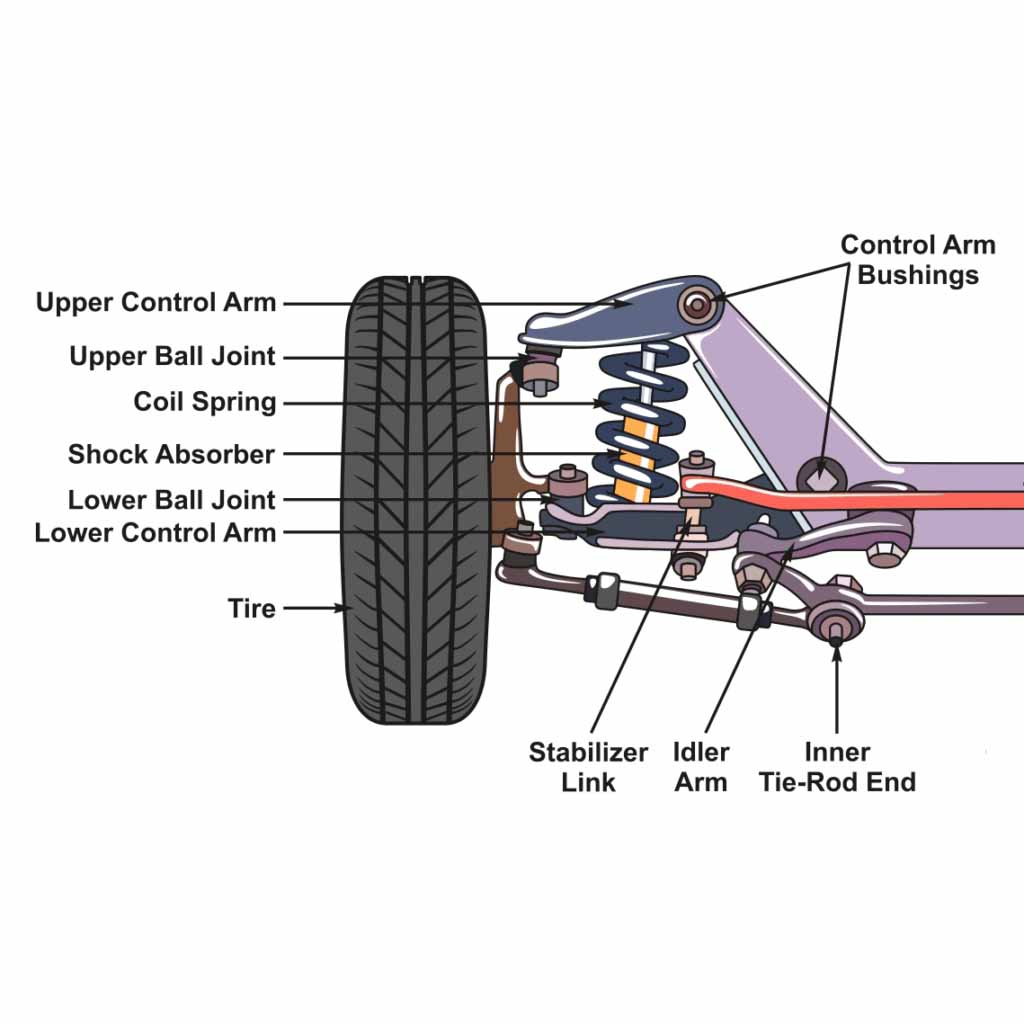
Suspension Specialist
Short Guide to Automotive Suspension Systems
When engineers made the first suspension system, cars were in a very rudimentary stage. At that time, complex engineering concepts had not taken shape and vehicle manufacturers did not have access to the advanced technology we have today. Instead, motorcars were made by adapting and improving horse carriages. So, suspension systems were practically nonexistent. It wasn’t until a few years had passed and the engineers had done their research that the modern suspension system started to take shape. Thanks to their efforts, every automobile in the world got a suspension system, and riding in a car became a matter of comfort. Luckily, the development work continued and suspension systems kept on improving. Soon, automotive manufacturers realized that suspension wasn’t just about enhancing ride comfort, but a lot could be gained by tweaking the suspension for performance.
The duo of horsepower and torque could only do so much before reaching the height of their abilities. If they worked together with the suspension, the car could go much faster, especially around corners.
But how can a few pieces of metal help improve performance? The secret lies in how a suspension system works.
Automotive Suspension Systems
How Does Suspension Work?
When you drive a car on the road, the tires constantly absorb the force of impact from potholes and uneven road surfaces. The effect is multiplied when the vehicle is moving fast. But the tires alone do not possess the ability to soak up all of that energy. The remainder has to go somewhere! In the case of an automobile, the force travels up to the suspension that protects the chassis from feeling the impact. As a result, the car becomes smoother and more comfortable to drive. Imagine, what would happen without an intervening structure. The chassis would feel the full force of the impact, leading to damage in the form of cracks and kinks. Fortunately, modern suspension systems do not allow something like this to happen. They have evolved over time and they are now capable of absorbing unbelievable amounts of force.
The modern suspension system performs such miracles with the help of its various components.
Let’s take a look at the major suspension parts and the role they play in making your riding experience more comfortable.
The Major Suspension Components. The suspension system comprises three main components: The spring, damper, and sway bar. When these three come together and work in harmony, the vehicle feels no bumps and you get a smooth driving experience.
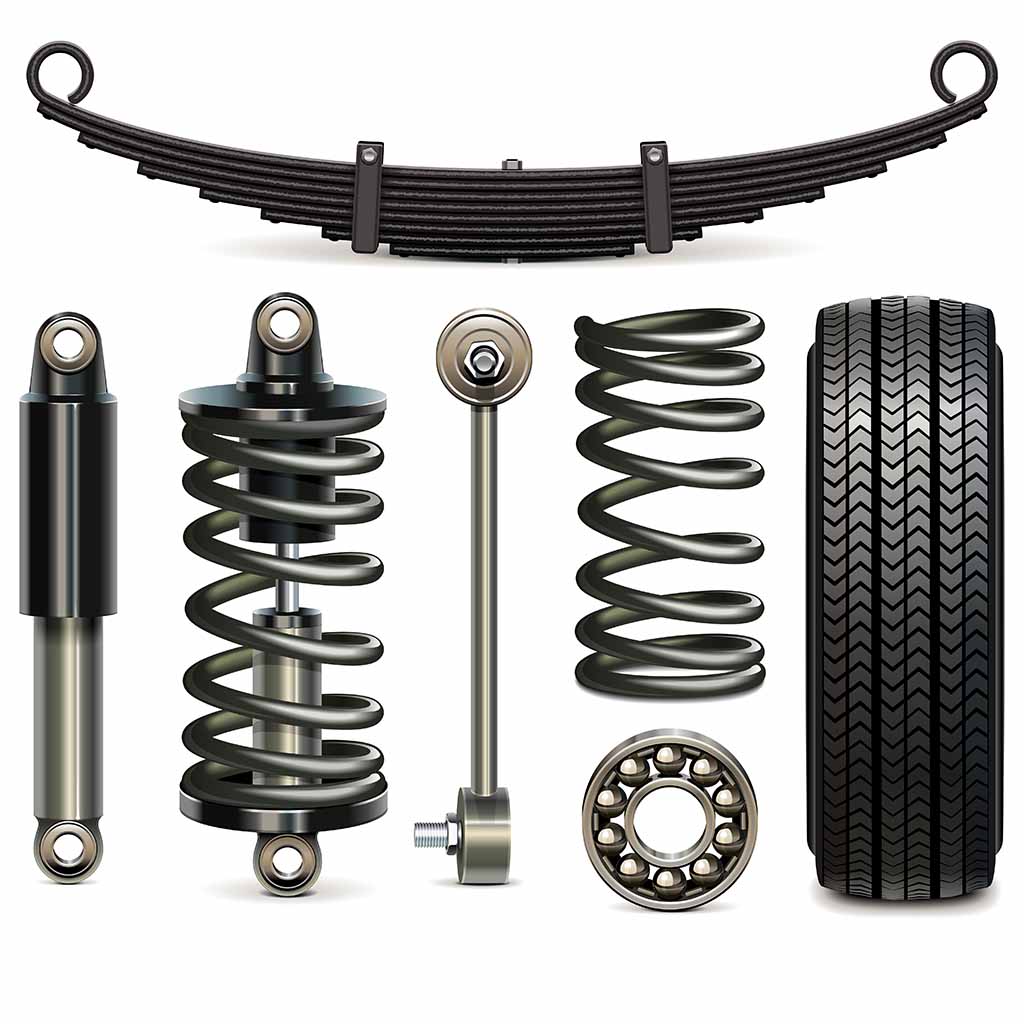
Leaf, Coil, Torsion and Air Springs
Different type Of Automotive Springs
There are four main types of springs used in cars today. Let's discuss each one briefly before going further with the dampers and sway bars.
Coil Springs for Cars & Trucks
Automotive Coil Springs
These springs are the most popular. Not only in cars, but in many other machines as well. That's mostly because of their simple design and impenetrable construction. When force is applied to the coil spring, the metal compresses and absorbs all of the energy, transferring only a minuscule amount to the frame.
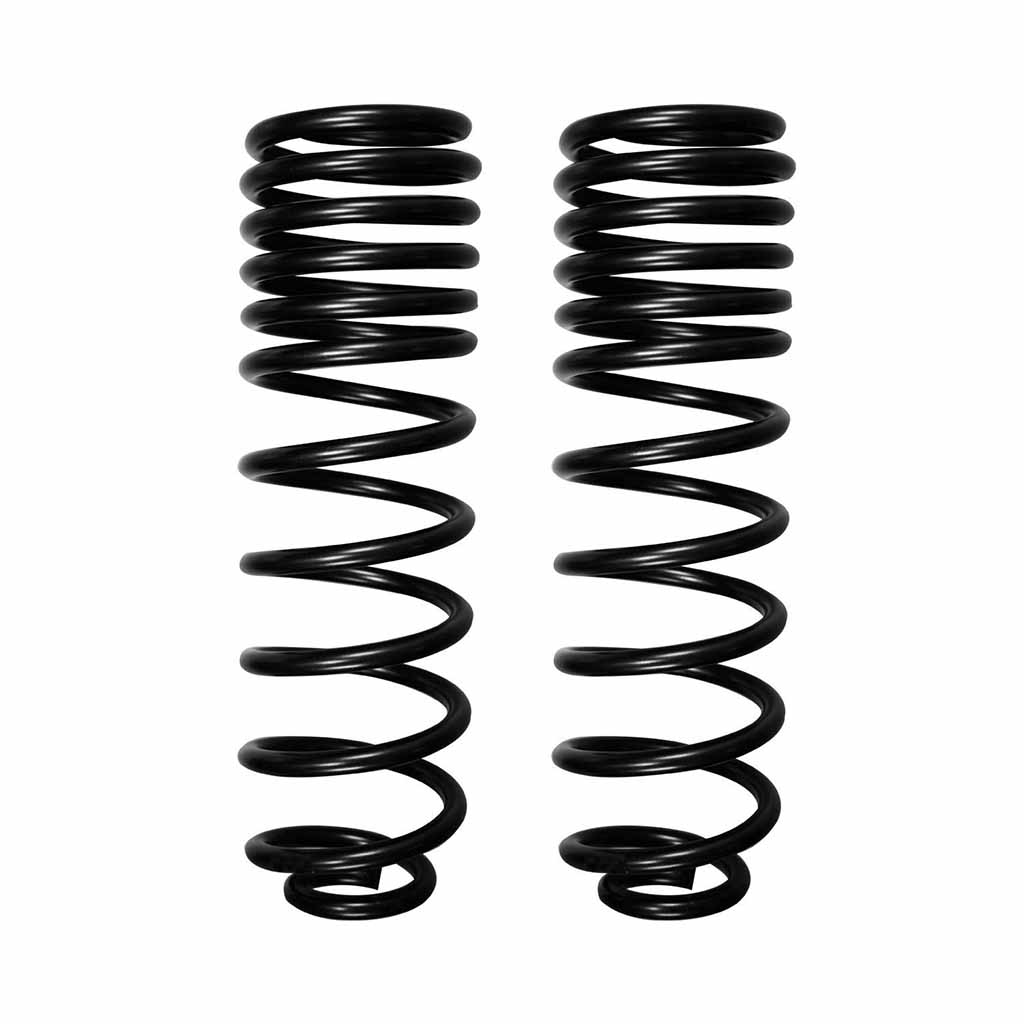
Leaf spring For Car, Trucks & Trailers
Leaf Springs
Leaf springs are a time-tested suspension design made with layers of metal strips arranged in a stacked configuration, each with varying levels of flexibility. The construction provides vehicles with a robust and reliable means of supporting heavy loads and ensuring a smooth ride. Originally used in early automobiles and horse carriages, leaf springs have stood the test of time and remain common in certain applications, especially in heavy-duty vehicles.
The leaf spring's flexibility allows it to absorb shocks and distribute weight evenly, enhancing the vehicle's stability and load-carrying capacity. As the wheels encounter bumps or rough terrains, the leaf springs flex and return to their original shape, providing consistent support to the vehicle.
While modern suspension systems have introduced coils, torsion and air alternatives, leaf springs continue to find their place in heavy-duty trucks, commercial vehicles, and trailers. They are durable, simple, and able to withstand substantial loads that make them an enduring choice for applications where strength and reliability are paramount.
The not so common torsion bar
Torsion Bars
Torsion bars are a concept that engineers have been employing for quite some time to absorb force in vehicle suspension systems. In this design, a steel bar is utilized, with one end attached to the vehicle's frame and the other linked with a wishbone, running parallel to the tire. When the wheel encounters a bump or uneven road surface, the wishbone transfers the force to the torsion bar. The bar undergoes twisting or torsion in response to the applied force, and once the road levels out, it returns to its original position.
Torsion bars offer a unique and effective method of suspension, providing a smooth ride by effectively absorbing shocks and vibrations. However, despite their ingenuity, torsion bar suspension systems are not as commonly used in modern vehicles compared to other suspension technologies. While they can be found in certain applications and specific vehicle models, advancements in suspension design have led to the prevalence of other systems that offer comparable or even superior performance in terms of comfort and handling.
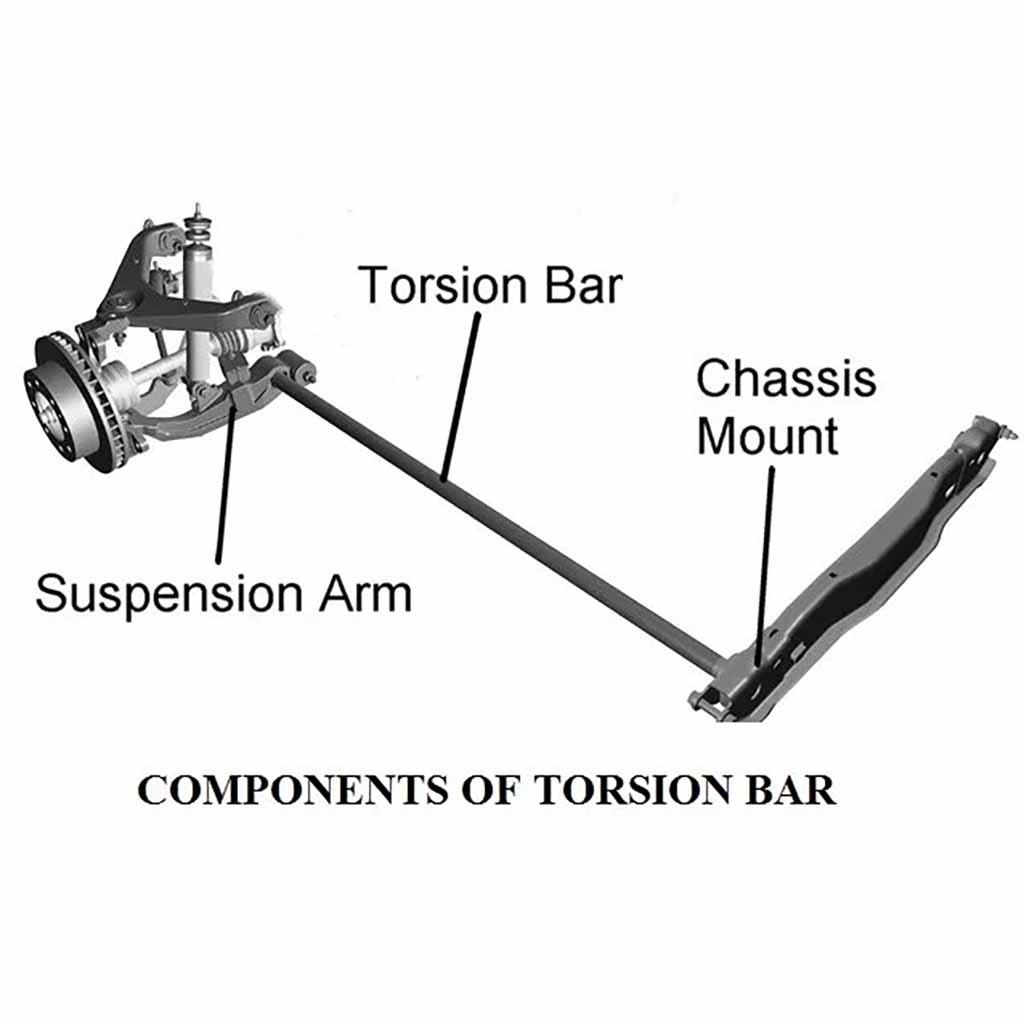
Riding on air
Suspension Air Springs
These springs are relatively new and they work on a very simplified concept. A cylinder of air is placed between the chassis and the wheel. Once the wheel experiences a bump or vibration, the air chamber compresses and decompresses to control the force of the impact. You can find this in most modern vehicles.
Get It Done Right
Dampers - Shocks & Struts
The springs soak up the energy from the impact, but when they try to return to their original state, the release is unpredictable. This can result in bouncing and loss of traction. So, to control the erratic nature of a spring, the suspension system has dampers.
The dampers or shock absorbers, as they are commonly called, further dampen the vibrations and control the release of energy that goes back to the wheels. If you remove the shock absorber from the equation, the car will become unstable and its erratic movement would cause you to lose control of the vehicle. The damping mechanism is easy to understand. Inside the cylindrical shell, there is a piston, oil, pressure tube, and a reserve cylinder. When the car goes over a bump, the piston rod pushes down on the oil into the pressure tube. The oil naturally restricts this compression, which is how the damper absorbs force. Once the impact passes through, the piston moves back to its original state slowly and gradually. Meanwhile, it makes sure the spring is also moving in tandem with the internal damper piston to its original state.
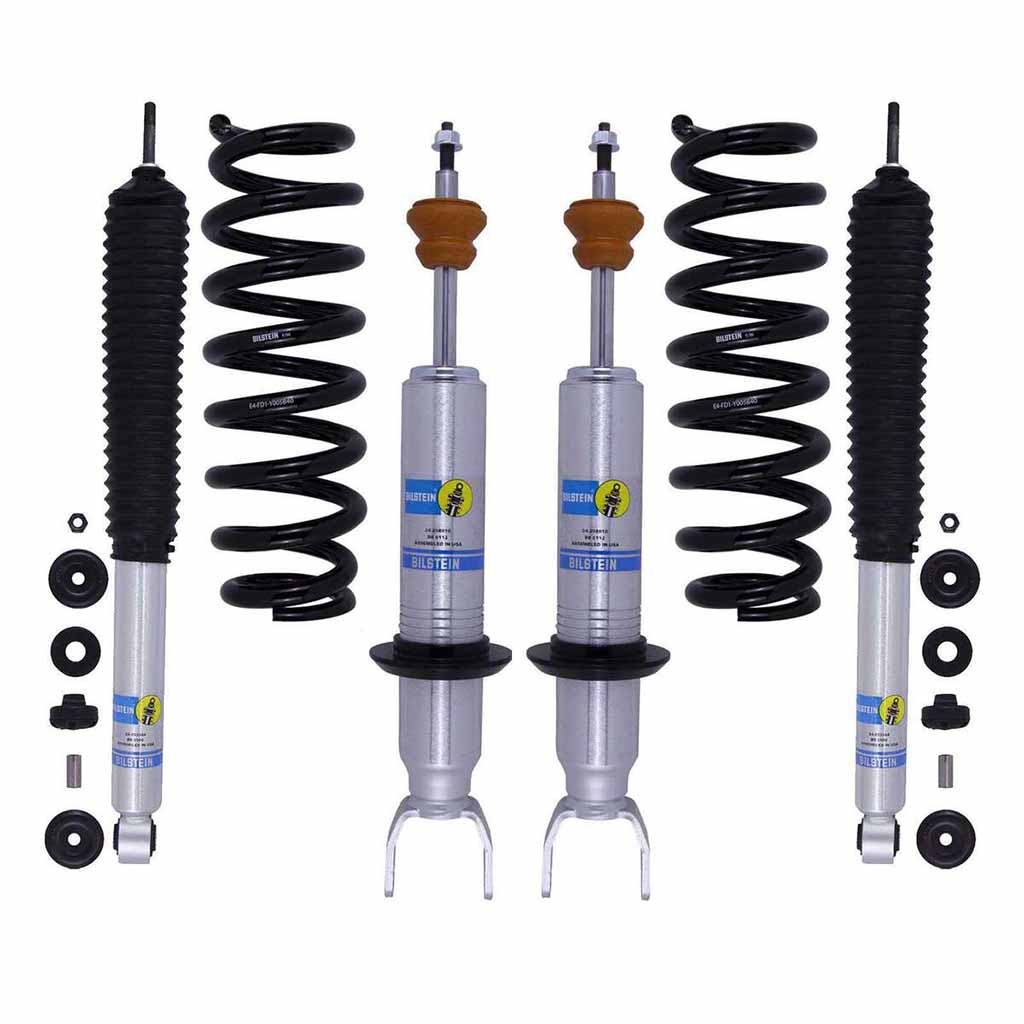
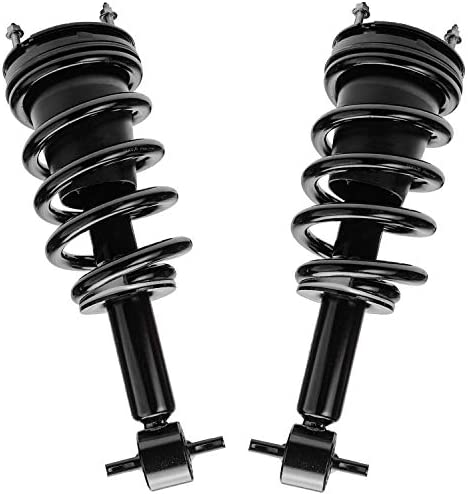
Used in cars and light trucks
McPherson Strut
The strut design is an oversimplified suspension system that is highly effective. As a result, you can find this technology in the majority of cars on the road today.
In this design, the damper is fitted within the spring, giving the shock absorber more control over the spring’s erratic movement. All the other suspension systems have the dampers and springs put separately, which is not a very efficient way of reducing vibrations.
Controls vehicle sway
Sway Bars
The suspension system not only controls vertical movement, but the system also has a solution for lateral movement. This comes into play when you turn the car around corners. When you turn the steering wheel, all the weight is transferred over to the outer wheel, which absorbs the weight of the vehicle, using the damper and spring. However, the suspension has its limits and it can only absorb a certain amount of force before failing. If that happens, the vehicle rolls over and crashes. Luckily, engineers found a way to prevent that from happening. They introduced sway bars into the equation, to stabilize the car against such episodes. The sway bar attaches to the lower end of both suspension struts, and it distributes the weight from one end of the suspension to the other. This way, when you turn, the inner strut absorbs more energy than before. The car doesn’t sway too much in corners, which allows you to attack the turn with much more confidence.
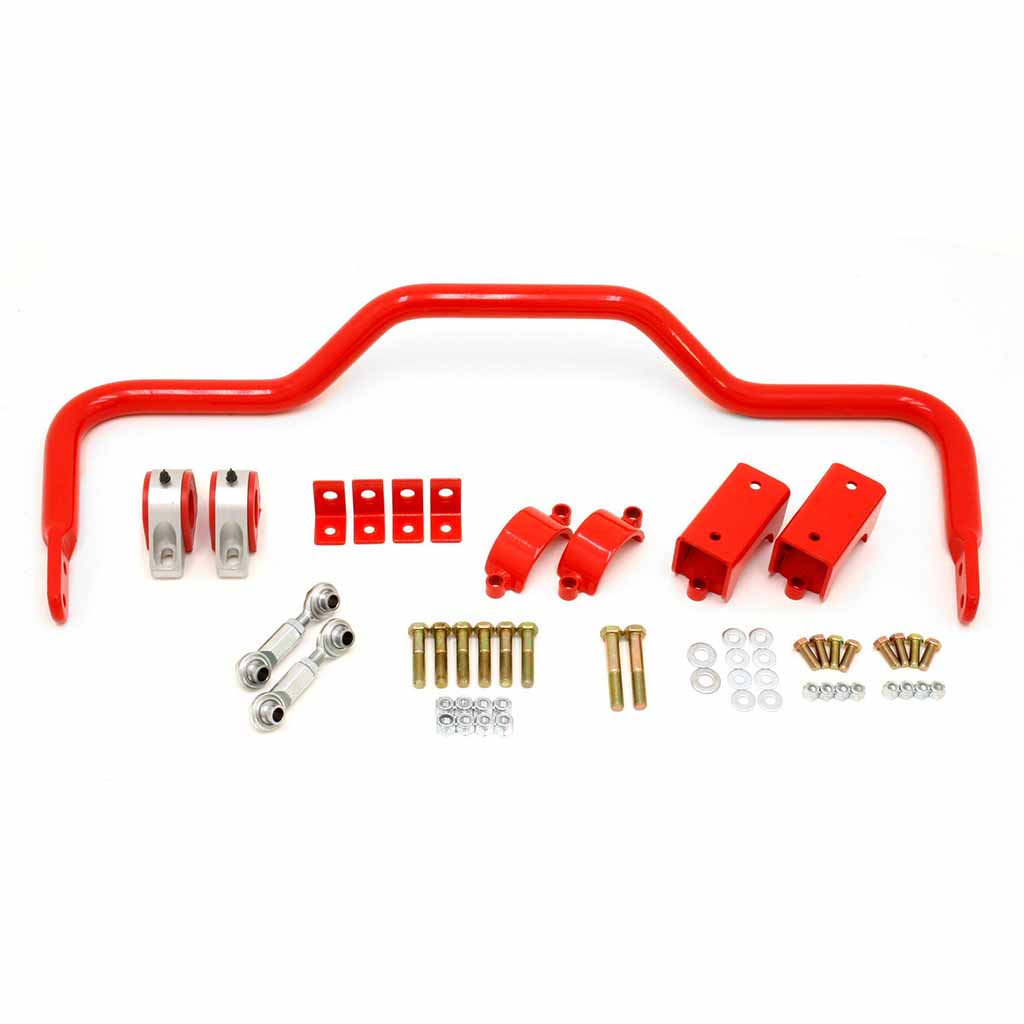
Regular Maintenance = Safety
Suspension & Steering Summary
Modern cars are equipped with a multitude of suspension and steering components that significantly contribute to the overall driving experience. These additional parts play a vital role in enhancing performance, and attempting to function without them is not technically feasible. Given the prevalent road conditions, filled with potholes and bumps, the inclusion of supplementary support becomes essential for ensuring a smooth and safe ride. As seasoned automotive experts, we strongly advocate embracing all available suspension enhancements to optimize your vehicle's performance and maximize driving comfort, especially on challenging road surfaces.
Of all the auto systems, suspension and steering components rank among the most critical, second only to the brakes. Unlike certain general auto repairs, issues with the suspension or steering can quickly compromise safety. It is imperative to promptly address any concerns related to these systems to maintain optimal vehicle performance and safeguard the well-being of both the driver and passengers.



